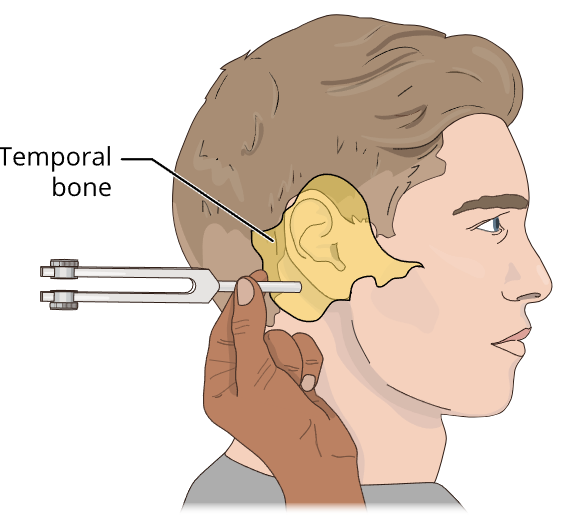Looking to fill gaps in your physiology curriculum in a no-stress way, fast? Use a Mini Lab!
In our new mini lab on the auditory system, students use a tuning fork to assess how we perceive sound via air and bone, and then determine their hearing threshold for various sound frequencies.
This is a short lab with just two activities - it should take your physiology students around one hour to complete. We have designed it this way so that you can use it flexibly in your curriculum - as a stand-alone activity, or combined with one of the 100+ lessons and labs that make up the Lt Human Physiology Collection.

Take a quick tour through the Auditory System - Mini Lab in the video below, and find out what you and your students can expect to learn!
What are Mini Labs?
The educational landscape has shifted over the last few years. As a result, educators like you are looking for more flexible options for their courses. To address this, our team has started to create mini labs for Lt. These are smaller, more narrowly-focused activities that can help you teach in different ways:
- Save time with shorter, simpler protocols. This is also helpful if your administration has cut down your lab sessions.
- Time and attention in lab is valuable: adding additional activities before or after the main lab can maximize learning quickly.
- Curious students can explore topics further on their own.
- Advanced students (such as Masters students) can experience the process of data collection and analysis immediately.
- If you want to bring data to life, you can actually show a concept like EKG in lecture as a demonstration, rather than just a static image.
What other Mini Labs are available?
We've created a number of Mini Labs in the Human Physiology Collection so that you can build your course flexibly:
- Cold Pressor Test: Students measure blood pressure by auscultation and carry out the cold pressor test. They use a blood pressure sensor and a finger pulse sensor to measure blood pressure, heart rate, and pulse amplitude continuously whilst observing a bodily extremity's reaction to extreme cold.. Download the free protocol »
- Myotatic Reflex: Students trigger the myotatic reflex on a volunteer by stimulating the patellar tendon, and observe the effects of the Jendrassik maneuver on the myotatic reflex.
- Respiratory Sinus Arrhythmia (RSA): Students evaluate the magnitudes of heart rate variability due to different types of respiration (normal, fast, and deep) using a respiratory belt sensor and biopotential sensor.
- Thermoregulation: Students compare the distribution of sweat glands on a volunteer’s hand versus their arm using Lugol’s iodine. They also use a temperature probe to measure the heat released through vasodilated capillaries during exercise. Combine with the Body Temperature and Cardiovascular Effects of Exercise labs.
How can I access the Lab?
For those already using Lt, you can import the Auditory System - Mini Lab as part of the Lt Human Physiology Collection.
New to Lt? No worries! For those wanting to experience Lt immediately, you can sign up for our free trial! To experience the full content collections, discuss your options with your local ADI representative.
Additional resources:
New for physiology educators: Take a look inside our Endocrine Physiology Lab… »
How to teach homeostasis: 7 ways »
Teach them a lesson they'll never forget! The Muscle Twitch Response experiment »
